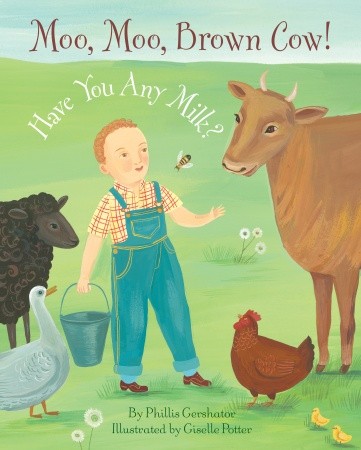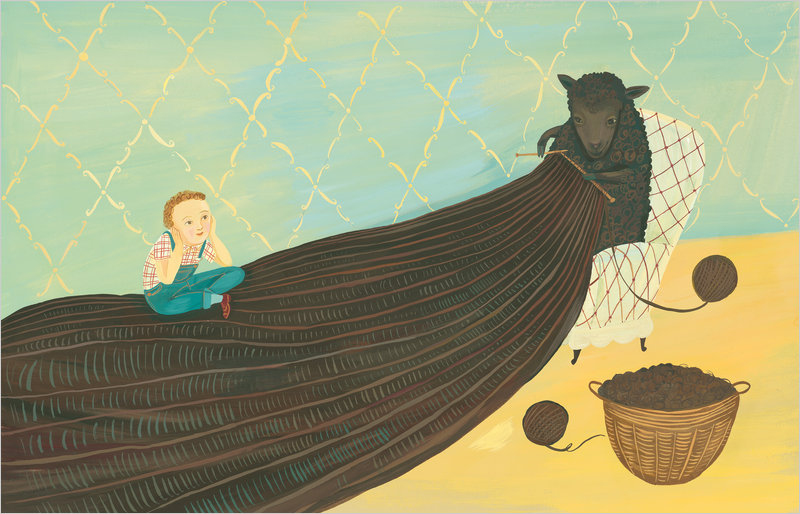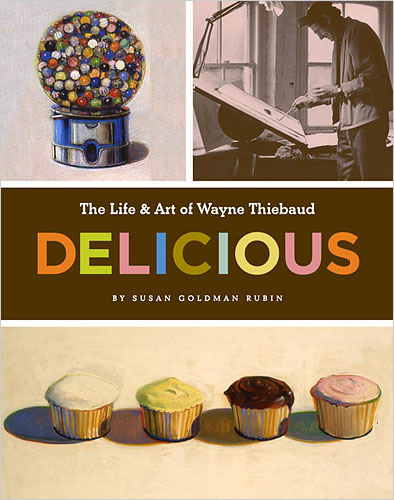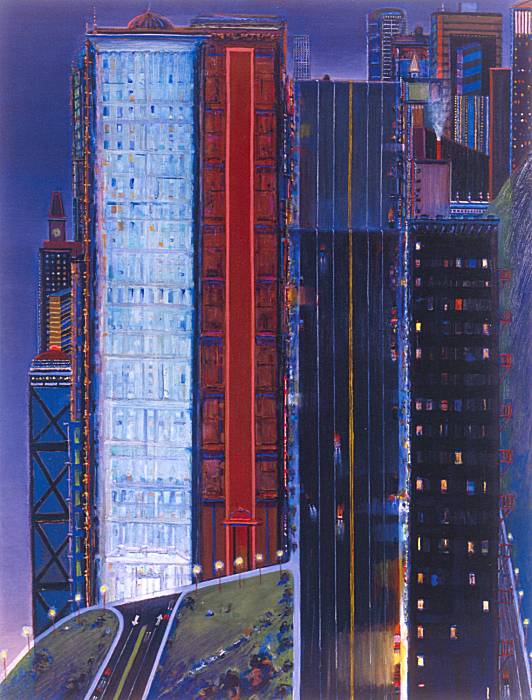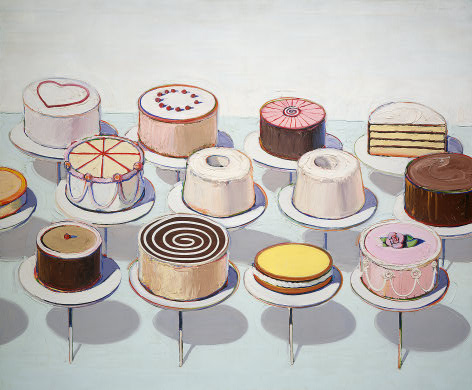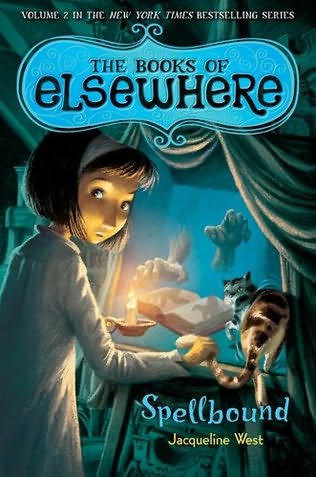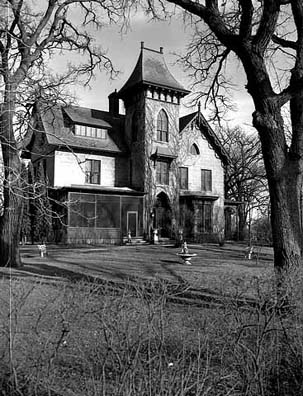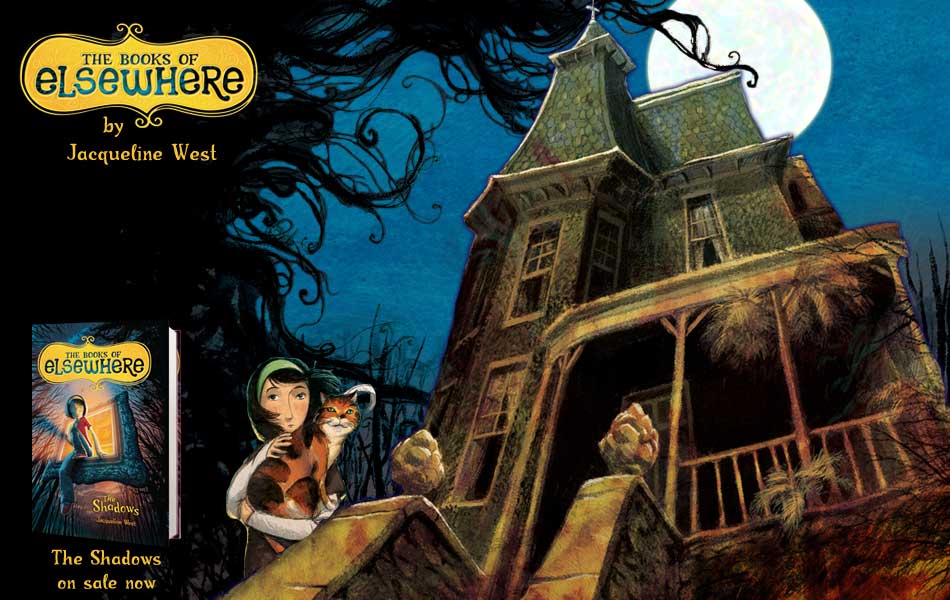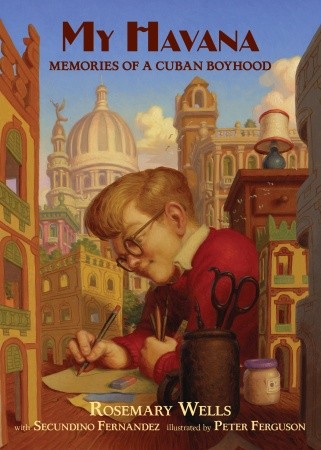 My Havana: Memories of a Cuban Boyhood by Rosemary Wells with Secundino Fernandez (illustrated by Peter Ferguson; Candlewick, 2010) encompasses the decade of my own parents' childhoods, and the city young Dino describes in it is almost as familiar to me as if I remembered it myself:
My Havana: Memories of a Cuban Boyhood by Rosemary Wells with Secundino Fernandez (illustrated by Peter Ferguson; Candlewick, 2010) encompasses the decade of my own parents' childhoods, and the city young Dino describes in it is almost as familiar to me as if I remembered it myself:
Until I [Dino] am six years old, in 1954, my world is sweet. "We live in a city built by angels," Papi says. There is no cold in Havana, only sunshine and warm rain. The city's avenues are lined with arcades of coral stone archways, ancient doors, and window frames....
The architecture of the colonial capital fascinates Dino (he grows up to be an architect), and he fills his sketchbooks with drawings of buildings, windows and doorways. As if taken from Dino's sketchbook, pencil drawings of architectural details are overlaid on a view of the rooftops in this wordless double-page spread:
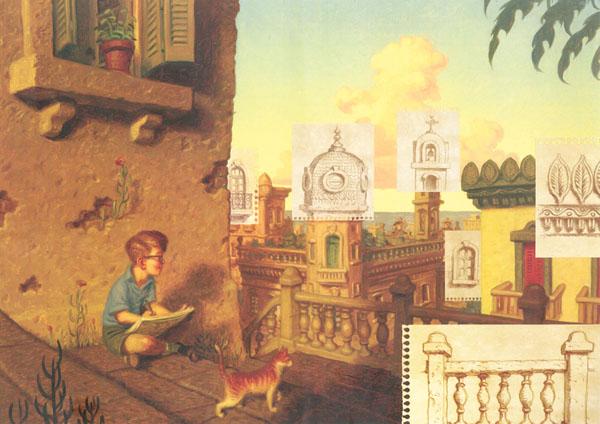
Peter Ferguson's painterly illustrations, done in oil with spot art in pencil, capture a city suffused with golden light: very different from both Madrid, where Dino lives with his maternal grandparents from 1954-56, and New York City, where he and his family settle in 1959 after Castro comes to power in Cuba. They're an integral part of this relatively short (65 pages), yet surprisingly rich book.
Rosemary Wells was inspired to write My Havana after hearing an interview with Secundino Fernandez in which he described his intense homesickness for Havana, and his attempt to alleviate it by building a cardboard model of the city on the floor of his bedroom in New York (that episode makes it into the book, too). It's a beautiful and evocative example of the power of place in childhood memory, and one for which I am especially grateful.
A note on politics: The text of My Havana touches on the repressive Franco regime in Spain as well as on the Batista dictatorship and the Cuban revolution under Castro. I only wish the author's note had not.
